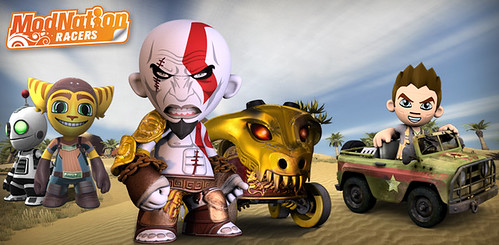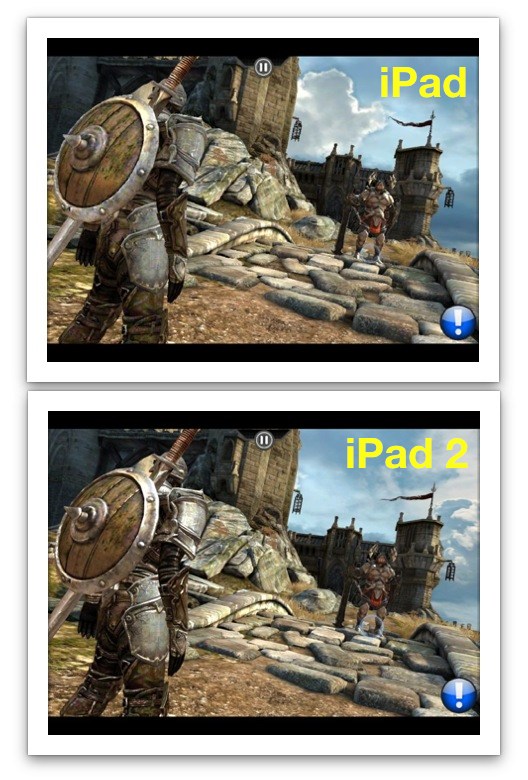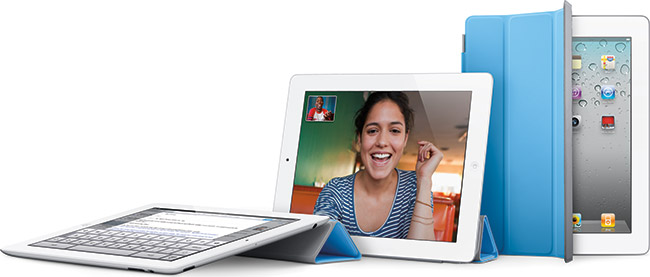GAEMS G155 Portable Console System

Transport and play your Xbox 360 or PS3 anytime, anywhere.
Smartphones, tablets, the PlayStation Vita, and the 3DS may be redefining how we play games on the go, but there is still no substitute for a PlayStation 3 or Xbox 360. Unfortunately, there's no easy way to transport your beloved console, and no guarantee that you'll have a place to set it up when you reach your destination.
The Gaming and Entertainment Mobile Systems (GAEMS) G155 provides not only a simplified method for transporting a Xbox 360 or PlayStation 3, but also an integrated display and sound system to play it on.

GAEMS has their work cut out for them when it comes to making the G155 appeal to a large consumer demographic, but for the small niche market that will be willing to pay for the pleasure of truly portable console gaming, it serves its purpose well.
When closed, the G155 is not unlike a hardshell carrying case for professional video equipment. The case is constructed out of a relatively dense plastic, which is latched together by two clamping mechanisms on the left and right sides.
The G155 is intended to not only serve as a portable gaming station, but a hardshell plastic carrying case for your console. The system uses Velcro straps and a padded liner that conforms to the size and shape of the original and slim versions of both the Xbox 360 and PlayStation 3. Opposite the removable padded liner is the integrated display and sound system, which is built into the framework of the case.
Because the display is built into the wall of the case and there is only one side protected by a padded liner, the G155 is not intended to provide protection beyond what is associated with basic hand carriage. In other words, don't regard the G155 as an impenetrable mobile fortress for your console; this is a carry-on, not something you want barreling around the cargo bay.

When closed, the G155 is not unlike a hardshell carrying case for professional video equipment. The case is constructed out of a relatively dense plastic, which is latched together by two clamping mechanisms on the left and right sides.
The G155 is intended to not only serve as a portable gaming station, but a hardshell plastic carrying case for your console. The system uses Velcro straps and a padded liner that conforms to the size and shape of the original and slim versions of both the Xbox 360 and PlayStation 3. Opposite the removable padded liner is the integrated display and sound system, which is built into the framework of the case.
Because the display is built into the wall of the case and there is only one side protected by a padded liner, the G155 is not intended to provide protection beyond what is associated with basic hand carriage. In other words, don't regard the G155 as an impenetrable mobile fortress for your console; this is a carry-on, not something you want barreling around the cargo bay.

That said, it still provides a reasonable amount of protection. The Velcro straps and molded padding keep your console well secured and the tight plastic casing will keep it safe from the elements.
Additionally, GAEMS has padded out the sides of your console with two removable pouches that can store cables, your Xbox 360's power brick, and a controller or two. The added storage is decent for carrying around the bare essentials needed to power and connect the system and your console, but additional hardware like multiple controllers, games, and other add-ons won't fit. Obviously more storage space is nice, but it would have come at the cost of added weight and size, and the G155 is already hefty enough.
The case is roughly 20-inches wide, 15-inches tall, and 6.8-inches thick, and weighs 8.6-pounds. With a console and accessories inside, the weight can jump up to anywhere between 15- and 20-pounds. The weight, straining as it may be for long hauls, is to be expected and simply a necessary consequence of transporting hefty console hardware.
But, of course, the most important aspect of the G155 is how the integrated display works. Though certainly not of the highest visual caliber, the G155's 15.5-inch LED 720p display is sufficient for its intended purpose – providing clear visual performance for one or two players within close proximity. The display is fairly bright and the colors are decent, though it has a fairly limited contrast range and certain hues look muted while others fully saturated.

Additionally, GAEMS has padded out the sides of your console with two removable pouches that can store cables, your Xbox 360's power brick, and a controller or two. The added storage is decent for carrying around the bare essentials needed to power and connect the system and your console, but additional hardware like multiple controllers, games, and other add-ons won't fit. Obviously more storage space is nice, but it would have come at the cost of added weight and size, and the G155 is already hefty enough.
The case is roughly 20-inches wide, 15-inches tall, and 6.8-inches thick, and weighs 8.6-pounds. With a console and accessories inside, the weight can jump up to anywhere between 15- and 20-pounds. The weight, straining as it may be for long hauls, is to be expected and simply a necessary consequence of transporting hefty console hardware.
But, of course, the most important aspect of the G155 is how the integrated display works. Though certainly not of the highest visual caliber, the G155's 15.5-inch LED 720p display is sufficient for its intended purpose – providing clear visual performance for one or two players within close proximity. The display is fairly bright and the colors are decent, though it has a fairly limited contrast range and certain hues look muted while others fully saturated.

There are no visible lines of resolution, and input delay is extremely low due to the limited components the signal has to travel through. To that end, I can see the G155 becoming a fan favorite for competitive multiplayer events and traveling pros.
My only major gripe with the display was its limited viewing angle, which as you can see in the video above, can make the screen almost unusable from anywhere outside of a narrow direct and level view. Since the system is intended for one or two users, however, it isn't a critical issue.
The built-in speakers are also expectedly low-fidelity, delivering flat stereo game audio with a reasonably loud volume. Fortunately, the system also supports two headphone ports, which allow two players to connect any stereo pair of headphones to the display for a personal audio experience. Its important to note, however, that surround sound audio – simulated or true – can only be achieved through additional processing hardware, like an Astro Gaming MixAmp or Turtle Beach's PX5 gaming headphones. Obviously having to carry more gear is less-than-preferred, but adding surround sound processing to an integrated display, especially audio officially licensed by Dolby, would have added another $100 or more to the already steep price of admission.

My only major gripe with the display was its limited viewing angle, which as you can see in the video above, can make the screen almost unusable from anywhere outside of a narrow direct and level view. Since the system is intended for one or two users, however, it isn't a critical issue.
The built-in speakers are also expectedly low-fidelity, delivering flat stereo game audio with a reasonably loud volume. Fortunately, the system also supports two headphone ports, which allow two players to connect any stereo pair of headphones to the display for a personal audio experience. Its important to note, however, that surround sound audio – simulated or true – can only be achieved through additional processing hardware, like an Astro Gaming MixAmp or Turtle Beach's PX5 gaming headphones. Obviously having to carry more gear is less-than-preferred, but adding surround sound processing to an integrated display, especially audio officially licensed by Dolby, would have added another $100 or more to the already steep price of admission.

In terms of setup, the G155 is fairly simple to use. The display is powered by an AC adapter and connects to your console via a 7-inch HDMI cable, both of which are included. The AC adapter will not, however, power your console; you have to connect the standard power cable separately. From there, it's just a matter of powering on the display and your console and firing up the game of your choice.
Though certainly not as immersive as your home theater setup, the G155 is a simple and effective way to take your console experience on the go. It's certainly not without its flaws, and the $299.99 asking price is definitely a premium only those truly in need can justify, but for its intended purpose, it works well.

Though certainly not as immersive as your home theater setup, the G155 is a simple and effective way to take your console experience on the go. It's certainly not without its flaws, and the $299.99 asking price is definitely a premium only those truly in need can justify, but for its intended purpose, it works well.
























